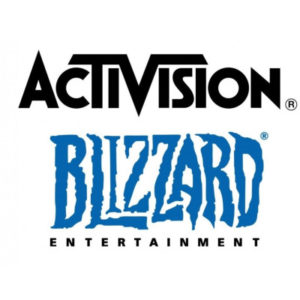There’s an interactive questioning technique called The 5 Whys. The theory is that if you continue to ask ‘why’ enough times you’ll get to the root cause of every issue.
Timmy is a bad performer. Why?
He doesn’t follow through on anything. Why?
It seems like he gets things started well and then moves onto other things before the first thing is finished. Why?
He likes the energy of starting new projects. Why?
He thinks if he’s on the front side of the project, he’ll have more influence in the direction the project is going. Why?
Because that has been his experience with our organization.
Oh, so he might not be a bad performer. He just has an opportunity area that we might be able to help him out with – getting projects across the finish line. And we’ve taught him to behave in this manner.
I don’t know if you have to use to 5 whys each time, I do think you have to ask at least 3 whys to get past the emotion of any decision. We tend to make most decisions with some element of emotion. Getting to the third why will get the emotion out in the open. That is important in any decision-making process.
Does this technique seem a little ‘parental’? It does, which is why you probably don’t want to make a habit of using this technique too often. It is definitely a tool, though, that can be very effective for a leader to use from time to time.
“We need to change our hiring process!”
Why?
“We have had 3 consecutive failed hires.”
Why?
“Well, one person was a referral from an executive, so we hired without really checking references. One hire totally aced our pre-employment testing, but had a sketchy work history, but tested off the charts. One was a knock out in the interview, marginal testing, and just didn’t pan out.”
So, do we really need to change our hiring process? Or should we just start following our hiring process?
3 Whys takes the emotion out of any decision making process. It gets out everyone’s inner issues about the problem. We tend to lead with a crisis statement that will lead to action. If we take action based on incomplete information, we will unnecessarily start doing things that we might not need to do, or make changes that really don’t make sense to the organization.
Next time you are facing a tough decision, start asking ‘Why’ and see where it leads you, you might be surprised where you’ll end up!


